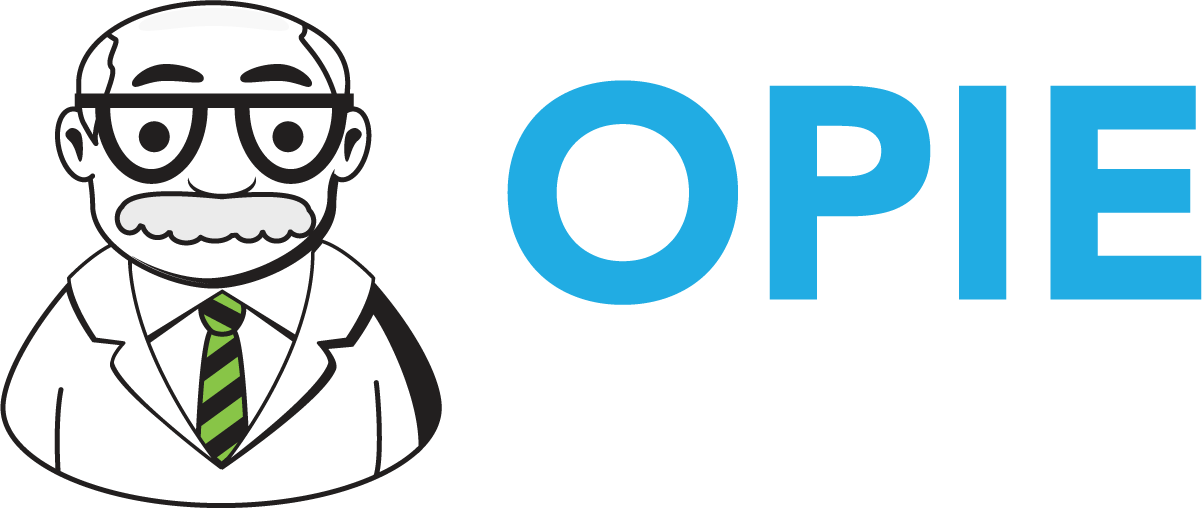If You Don’t Know Where You’re Going, You’ve Already Arrived!
I am going to assume something else: that in your clinical practice, you’re committed to providing unparalleled patient care. Your dedication often steers you to a patient-first approach, relying on your carefully crafted plans of care. These plans serve as roadmaps, directing your interventions and guiding your patients toward optimal health outcomes. In the same vein, for your clinical practice to survive in today's dynamic environment, a well-structured business plan is indispensable.
Let's begin with a simple truth: A well-thought-out business plan isn't just for corporate moguls or entrepreneurs launching the next big thing. It's equally crucial for your practice. Why? Because it provides you with a clear roadmap. It's like GPS for your business journey, ensuring you're headed in the right direction.
Every journey needs a destination. In clinical practice management, your goals are those destinations. Do you want to expand your patient base? Or change the patient mix to favor a certain age group or O versus P? Do you want to introduce new technology, like Scanning and CAD, so you can increase efficiency and cut costs? Whatever it is, chalk it out. Create clear goals to ensure you're not just running on a treadmill but moving forward.
While goals are your final destination, objectives are the milestones leading there. These are quantifiable, realistic steps that get you closer to your goal. Let’s say your goal is to increase patient numbers. An objective could be to increase your referral base to make the process smoother.
So, you know where you want to go and what milestones you want to hit. Now, how do you get there? That's your strategy. Think of it as your travel guide, suggesting the best routes to take. It could involve tactics like enhancing digital outreach or collaborating with local health care providers, or support groups.
Just as bad weather can dampen your vacation plans, unexpected challenges can pop up in your practice journey. Recognizing potential roadblocks—be it changing regulations or new market competitors—helps you prepare contingency plans. Forewarned is forearmed!
While passion is your driving force, funds are the fuel. A financial plan ensures you've got enough in the tank. This isn't just about ensuring you have the necessary investment but also understanding projected incomes, potential expenditures, and profit margins. Numbers might seem intimidating, but they’re crucial. Being able to rely on the numbers you need is as important as having the numbers. Your business processes, like maintaining fee schedules, documenting the steps in the patient journey through your practice, and verifying insurance coverage will contribute significantly to your ability to strategically manage your practice. You can track those steps by identifying Key Performance Indicators (KPIs). They help you gauge if you're on the right path and how far you've come. In the context of your practice, KPIs could range from patient satisfaction scores to the average revenue per patient or even the efficiency of your appointment process.
Now, before you begin to feel overwhelmed, let me share another secret: You have a Customer Success Manager at OPIE who can help you prioritize and sort through the clutter to identify what you should tackle first.
While your commitment to patient care is undeniably paramount, some business strategy will make all the difference. Think of it as holistic care for your practice. So take some time to map out your business journey. The road to a thriving clinical practice is waiting. Ready to go?

